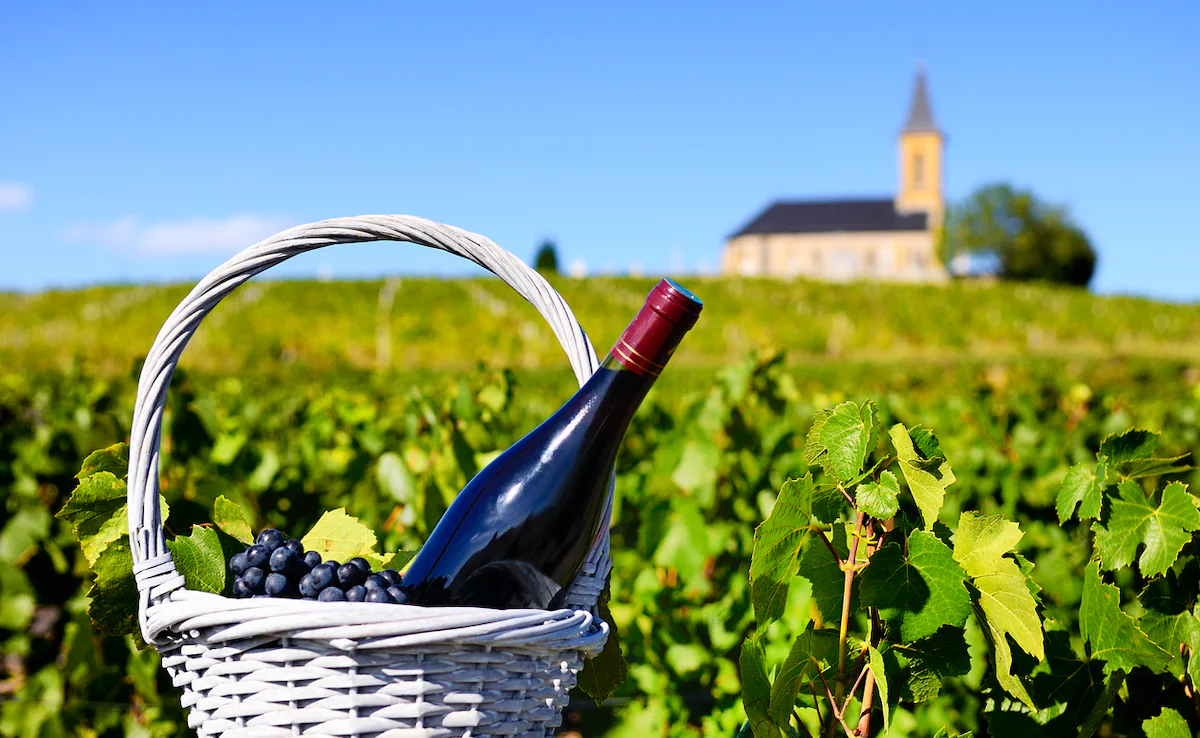When it comes to wine, the usual suspects like Bordeaux, Napa Valley, and Tuscany often dominate the conversation. While these regions produce some of the world’s most celebrated wines, there’s a world of under-the-radar wine destinations offering equally thrilling experiences and exceptional bottles. For the curious oenophile or adventurous traveler, exploring lesser-known wine regions can open the door to fresh perspectives, unique grape varietals, and unforgettable landscapes. Here are ten hidden gems in the wine world that deserve your attention.
1. Valle de Guadalupe, Mexico
Just a couple of hours south of San Diego, Valle de Guadalupe in Baja California is Mexico’s premier wine destination. This region boasts a Mediterranean climate similar to California’s Central Coast, making it ideal for growing grapes like Tempranillo, Nebbiolo, and Chenin Blanc. With boutique wineries, farm-to-table restaurants, and sweeping desert-meets-ocean views, this region is often called “the next Napa.”
2. Swartland, South Africa
While Stellenbosch usually steals the spotlight in South Africa, Swartland is the up-and-coming star. Located just north of Cape Town, Swartland offers a rugged, dry climate perfect for producing robust Syrah, Grenache, and Chenin Blanc. Winemakers here embrace minimal intervention, giving wines a natural, expressive quality that wine lovers are starting to rave about.
3. Okanagan Valley, Canada
Canada might be better known for ice wine, but British Columbia’s Okanagan Valley is a rapidly growing wine region that produces everything from Pinot Noir and Merlot to Gewürztraminer and Riesling. Nestled between mountains and lakes, the valley’s dramatic scenery makes it a stunning destination for wine tourism. Plus, the cool climate provides fresh, balanced wines with great acidity.
4. Kakheti, Georgia
Georgia (the country, not the U.S. state) is often hailed as the cradle of wine, with a winemaking history that dates back over 8,000 years. The Kakheti region, located in eastern Georgia, is where ancient methods are still used—most notably fermentation in clay vessels called qvevri. Unique indigenous grapes like Saperavi and Rkatsiteli offer a taste of something both traditional and completely new.
5. Jura, France
Overshadowed by Burgundy next door, Jura is a small but fascinating French wine region that’s gaining attention. Known for its oxidative whites like Vin Jaune and funky reds from grapes like Poulsard and Trousseau, Jura offers wines with character and complexity. The region’s remote charm and traditional techniques make it a haven for wine nerds and seekers of authenticity.
6. Lavaux, Switzerland
Switzerland may not top many wine lovers’ lists, but the Lavaux wine terraces along Lake Geneva could easily change that. This UNESCO World Heritage site produces primarily white wines, especially from the Chasselas grape. With panoramic views of the Alps and serene vineyards that cascade down the hillsides, Lavaux offers a wine experience that’s as scenic as it is flavorful.
7. Dao, Portugal
While the Douro Valley is Portugal’s most recognized wine region, Dao is a quiet powerhouse that deserves more attention. Located inland, Dao is one of the country’s oldest wine regions and is known for producing elegant, age-worthy reds from Touriga Nacional and Alfrocheiro grapes. With granite soils and mountainous terrain, the wines from Dao have structure, freshness, and a distinct mineral edge.
8. Tenerife, Canary Islands (Spain)
Tenerife’s volcanic soils, high-altitude vineyards, and indigenous grape varieties make it one of Spain’s most fascinating wine regions. Growers here use traditional bush vines trained close to the ground to resist the wind. The island’s unique terroir imparts smoky, salty, and earthy notes to wines made from grapes like Listán Negro and Listán Blanco perfect for adventurous palates.
9. Moravia, Czech Republic
The Czech Republic is better known for beer, but the Moravian wine region is gaining ground as a wine destination. Located in the southeastern part of the country, Moravia specializes in aromatic whites like Müller-Thurgau, Riesling, and Grüner Veltliner, as well as delicate Pinot Noir and Blaufränkisch. The combination of quaint towns, rolling vineyards, and low tourist traffic makes it a hidden gem.
10. Goriška Brda, Slovenia
Just across the border from Italy’s Friuli region, Slovenia’s Goriška Brda is an enchanting wine area with a blend of Alpine and Mediterranean climates. Small, family-run estates dominate the scene, producing top-quality whites like Rebula (Ribolla Gialla) and bold reds like Merlot and Cabernet Franc. Natural winemaking is on the rise here, and the wines reflect the region’s wild beauty and artisanal spirit.
Final Sip: A World Beyond the Obvious
Exploring lesser-known wine regions isn’t just about discovering new flavors—it’s also a journey into local cultures, landscapes, and winemaking traditions that often go unnoticed. Whether you’re sipping volcanic reds in Tenerife, ancient qvevri wine in Georgia, or lakeside Chasselas in Switzerland, each of these regions offers something unique. So, next time you’re planning a wine tour or looking for a bottle to try, skip the usual suspects and dive into the wild, wonderful world of off-the-beaten-path wine.



